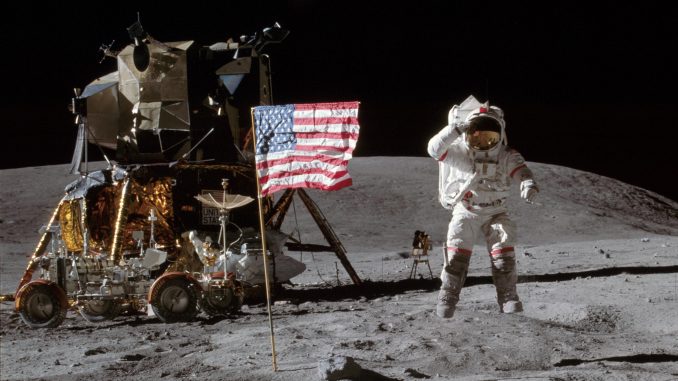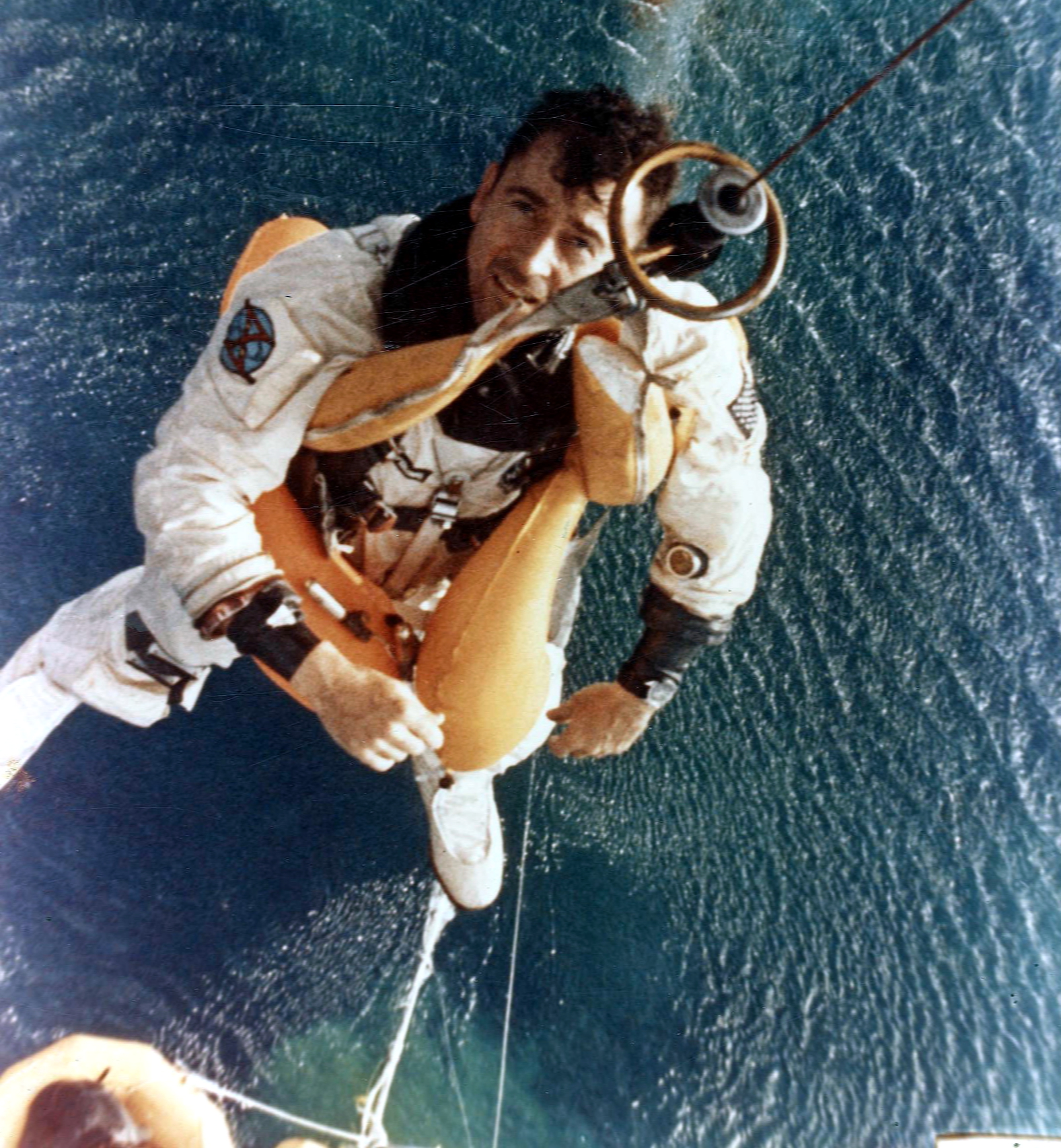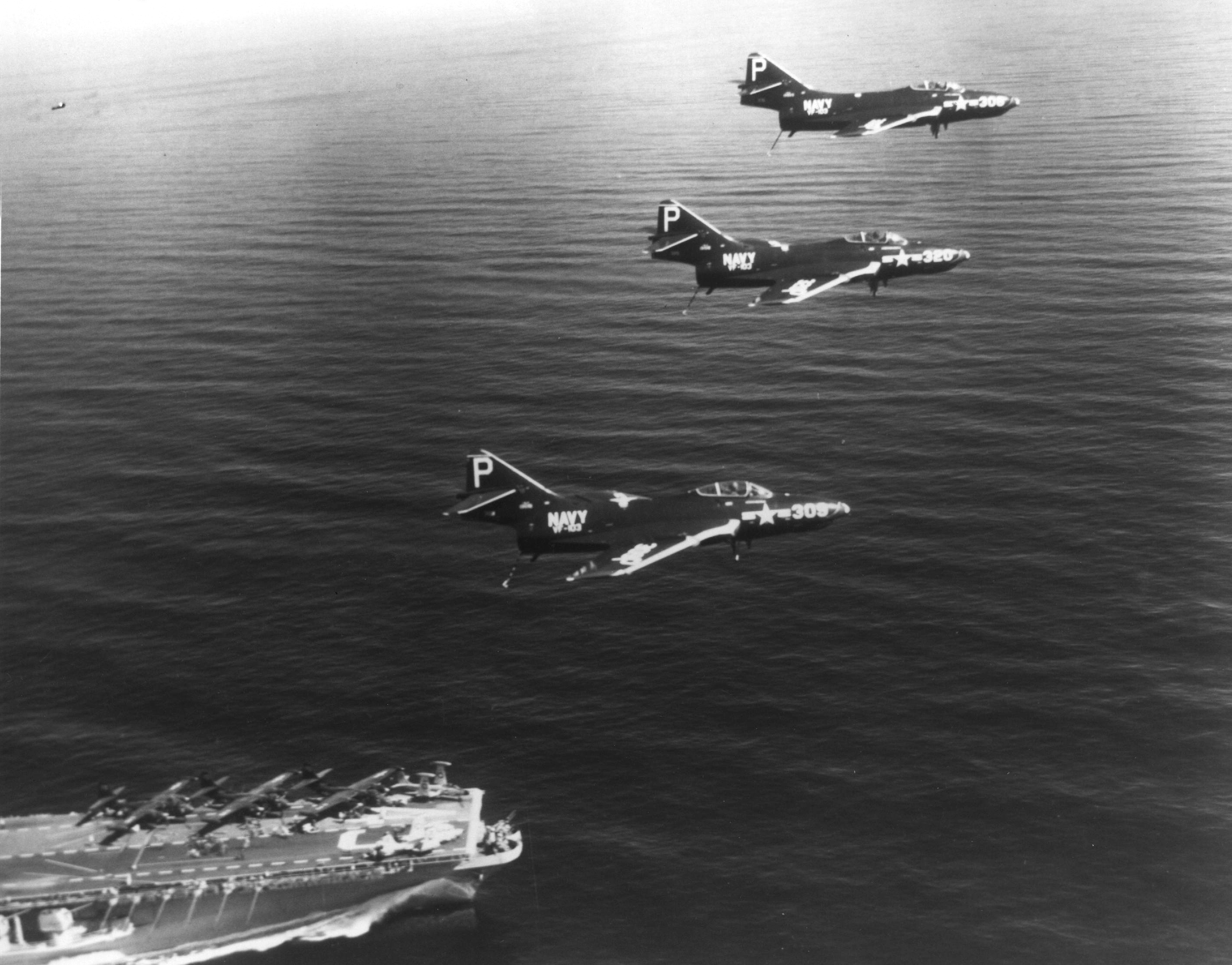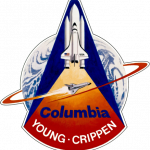
On January 5th, we lost John Young, perhaps the finest pilot and astronaut of his era. John Young was in the second class of astronauts, known as the New Nine, which NASA selected in 1962 to complement the original Mercury Seven. This group included such luminaries as Frank Borman, Jim Lovell, Pete Conrad, Ed White, Thomas Stafford and of course, Neil Armstrong. He went into space six times, and is unique in having flown and commanded four different classes of spacecraft: Gemini, Apollo Service/Command Module, Apollo Lunar Lander and the Space Shuttle. During that time, he amassed more than 15,000 flying hours (with 9,200 in T-38s!) and 835 hours in space.

Prior to joining NASA, John Young was a naval aviator and test pilot. He gained is wings of gold in December, 1954. His first assignment was flying Grumman F9F Cougars with VF-103 aboard the USS Coral Sea. He then transitioned to Vought F8U Crusaders, flying off the USS Forestal. Young then entered the U.S.Navy Test Pilot School at NAS Patuxent River, graduating in 1959, whereupon he remained stationed at ‘Pax River’ for the next three years, where he flew in the XF8U-3 Crusader III (later cancelled) and McDonnell F4H Phantom II test programs. He is noted for a pair of time-to-climb records in the Phantom II during this period.

John Young is one of just three astronauts to go to the moon twice, once with Apollo 10 and latterly with Apollo 16. On Apollo 10, which was the dress rehearsal for Apollo 11, his crewmates Eugene Cernan and Tom Stafford took the lunar lander to within 9 miles of the moon’s surface. One can only imagine how tantalizing that flight must have been… to have come so close to the moon without actually making contact, which Neil Armstrong’s crew did just two months later. The flight yielded crucial lunar gravitational data for the actual landing, but nearly ended in disaster when an incorrect data entry sent the lunar lander into a violent roll during the abort cycle to return to the command module. Young was the first person to orbit the moon solo in the Command Module (nicknamed Charlie Brown), while the other two were aboard the lunar lander (nicknamed Snoopy). Young became the ninth person to walk on the moon during Apollo 16.

Following the Apollo program, he joined the nascent Space Shuttle program, becoming Chief of the Space Shuttle Branch of the Astronaut Office in 1973. In 1981, John Young commanded the very first Space Shuttle orbital mission, STS-1. He and Robert Crippen blasted off from Cape Canaveral in the Columbia on April 12th, 1981, the 20th anniversary of manned spaceflight, and landed again after 37 orbits on April 14th. His sixth and final space mission was STS-9 in November, 1983, also aboard Columbia, which was the first deployment of the Spacelab Module. He was due to make a record seventh journey to space in May, 1986 to deploy the Hubble Space Telescope, however, the Challenger disaster that January put an end to those dreams. Young continued to serve in NASA until December, 2004, marking nearly 50 years of service to his country and to the betterment of science for all humanity.


I’m aware that the term is a little “old school” these days – but John really was a hero and legend. Piloting four different types of spacecraft, how many people can admit to that? We need more like him in todays world.
Godspeed John – have a great ride.
John Young. RIP